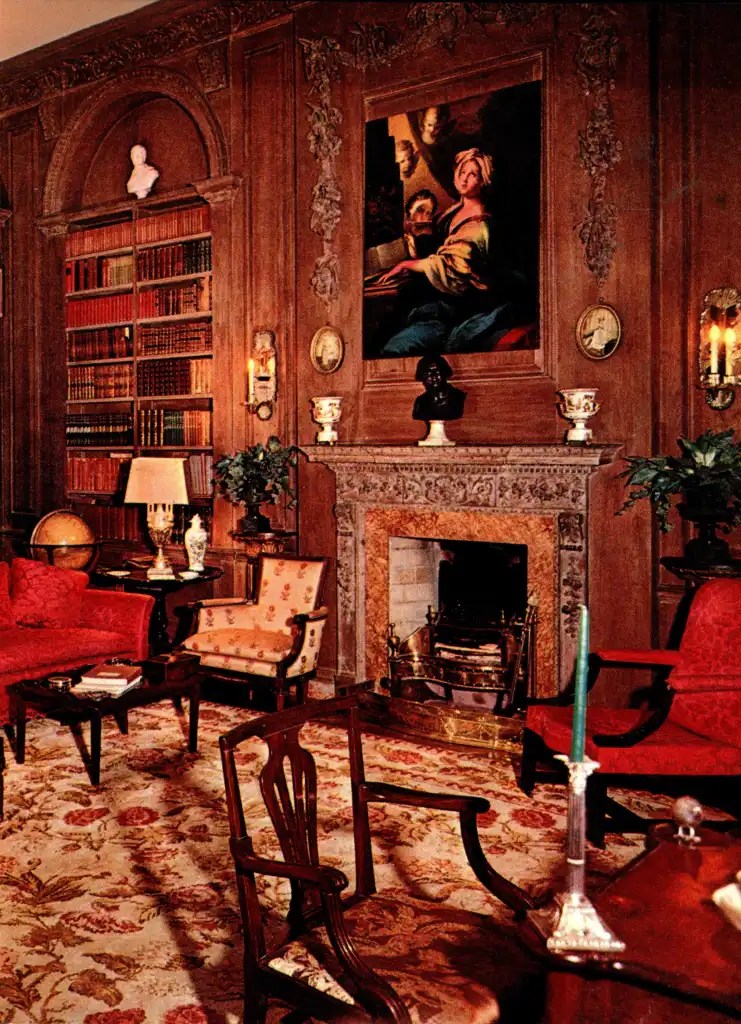Ruby Ross Wood (1881 – 1950) was a well-known New York interior decorator and the founder of Ruby Ross Wood, Inc., a 1920s-era decorating firm.
Background
Wood settled in New York and began writing an agricultural journal. She started working as a freelance writer and worked as a ghostwriter for interior designer Elsie de Wolfe. Under de Wolfe’s name, she authored magazine pieces and The House in Good Taste (1913) for Theodore Dreiser’s Delineator magazine; under her name, she wrote The Honest Home (1914).
Early Career
She started working at Wanamaker’s department store’s Au Quatrieme decorating studio in 1914. When Nancy Vincent McClelland resigned in 1918, he took over as director. She was temporarily known as Ruby Rose Goodenough before marrying Chalmers Wood. She launched her store and became a renowned social designer in the 1920s, with a distinctively American style that was less formal, less luxurious, and less spectacular than its European counterpart. From 1935 through 1950, she convinced fellow Southerner Billy Baldwin to go to New York and work with her.
“Considered to be the force behind the movement away from the darkness and clutter of Victoriana and into clean, classical lines and light, airy rooms.”
Dale Koppel, Boston Globe
Style
Wood’s interiors for Mr and Mrs Wolcott Blair’s David Adler-designed home in Palm Beach were typical of her style:
- Cream leather
- Elsie de Wolfe’s leopard chintz
- Off-white textured cotton from Sweden
Between the massive windows were containers of tall white flowering plants. The geometric floor was paved with parchment-coloured ancient Cuban marble. Wood’s own house on Long Island, New York, was designed by William Delano, and the furniture was eclectic, unselfconsciously blended, and had no particular concern in value.
Personality
Ruby Ross Wood was regarded as a rare breed of female fashion designer. She wasn’t as glamorous as Rose Cumming or as affluent as Dorothy Draper. She was described as a chain smoker, having a harsh tongue, irritable, and being a “working” girl. She was just as much of a designer as any others she is compared to, despite spending much of her life writing articles for design journals.
Ruby Ross Wood’s work included a wide range of periods, favouring 18th-century French furniture, Italian Directoire, English Regency, and English Georgian, as well as Jean-Michel Frank and other modern designers sparingly. “She was a designer who preferred the comforts of the past to modernism’s relative austere.”
Ruby Ross Wood was also one of the first designers to use Etruscan-style furniture built by Marc du Nicolas du Plantier, a little-known French designer. She was also a fan of brown and white geometric Moroccan rugs, and she was one of, if not the first, to import Paule Marrot’s cotton print designs. Despite her lack of celebrity in the design industry, she has significantly impacted the New York City design scene.
Lung cancer claimed Ruby Ross Wood’s life.



Sources
Byars, M., & Riley, T. (2004). The design encyclopedia. Laurence King Publishing. https://amzn.to/3ElmSlL
Wikipedia contributors. (2020, October 25). Ruby Ross Wood. In Wikipedia, The Free Encyclopedia. Retrieved 20:27, September 17, 2021, from https://en.wikipedia.org/w/index.php?title=Ruby_Ross_Wood&oldid=985375871
American Interior Design
Set Design Aspects of the US Presidential Debate: What Does It All Mean? (Opinion Piece)
The US presidential debate stage is meticulously designed to convey authority and symbolism, reinforcing candidates’ messages and engaging the audience.…
Keep readingLurelle Guild: A Luminary in American Design
Lurelle Guild, a pioneering American designer, merged aesthetics with functionality, impacting industrial design through iconic creations like the Electrolux vacuum…
Keep readingDiscover the Essence of Floral Elegance: Tuberose Small Candle – The Herbarium of Flowers
Discover Diptyque’s Tuberose Small Candle – The Herbarium of Flowers. A sensory journey to Southern India, it offers a blend…
Keep reading❤️ Receive our newsletter
Discover more from Encyclopedia of Design
Subscribe to get the latest posts sent to your email.



